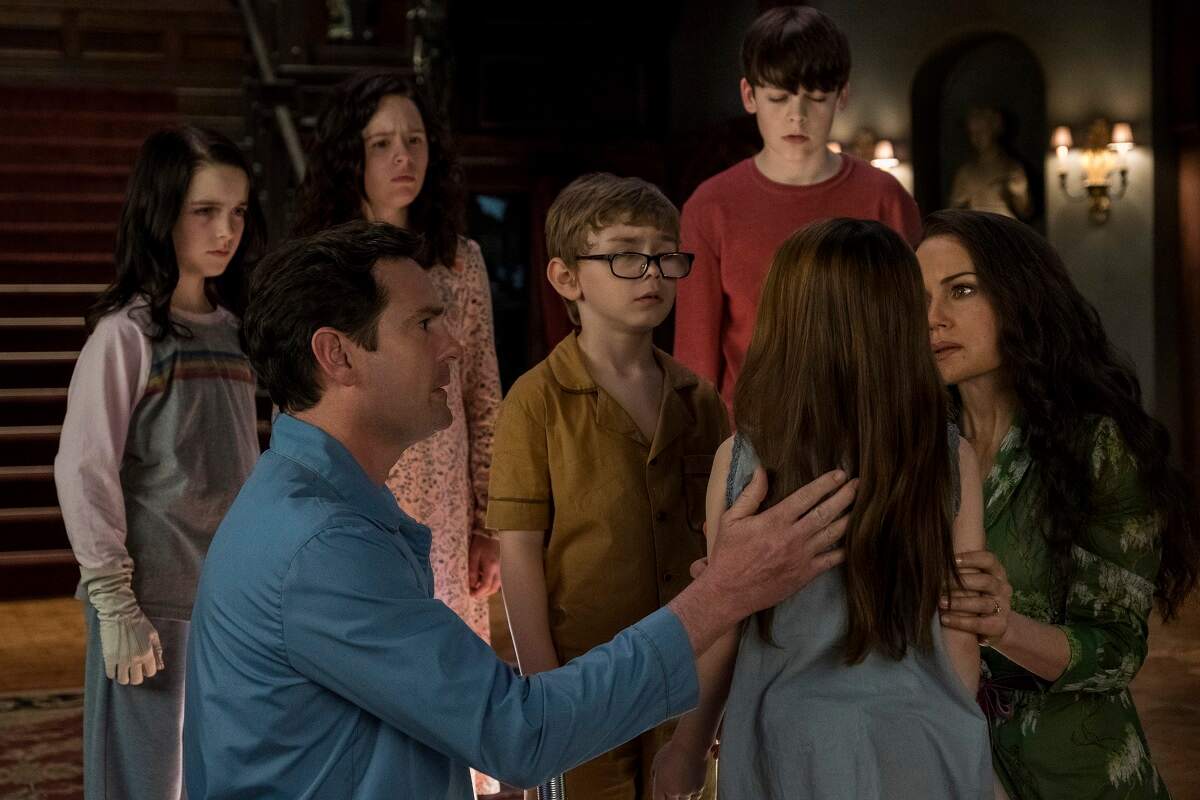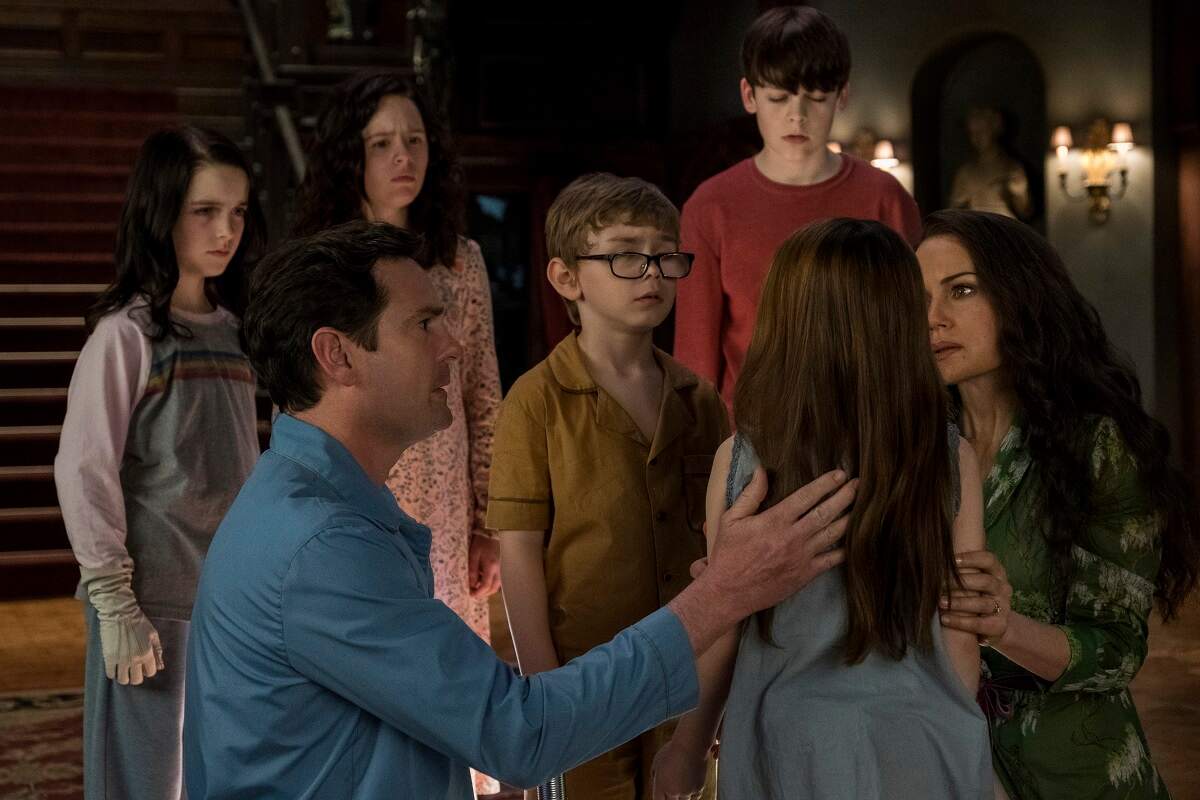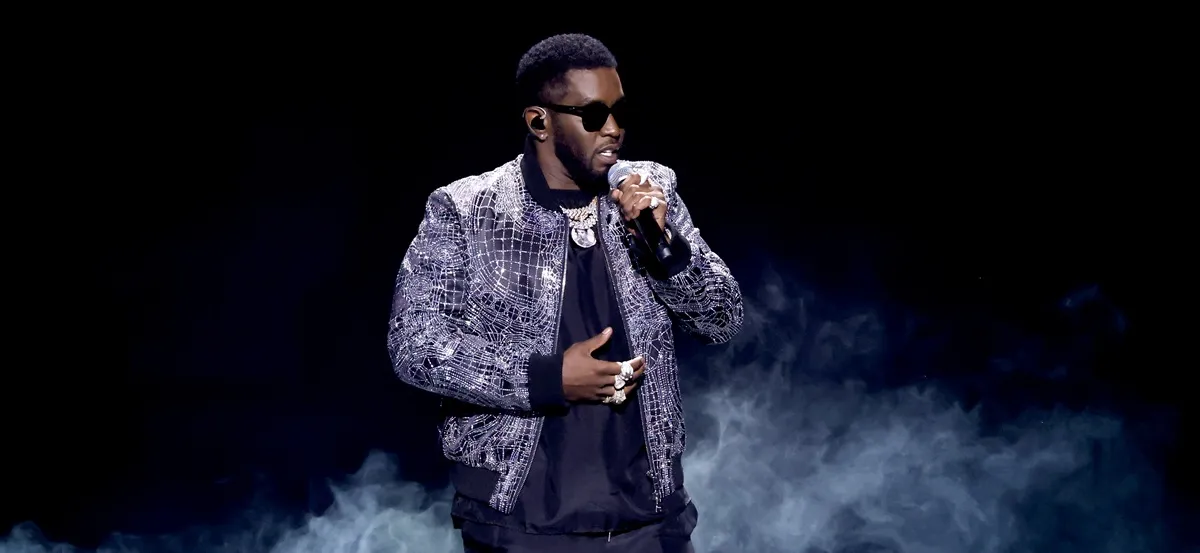
‘The Haunting of Hill House’ Creator Scrapped His Finale Plans For Being ‘Too Cruel’
Mike Flanagan’s Netflix output has consistently been the best horror content on the platform. His 2018 family drama ghost story series The Haunting of Hill House made a huge impression at the time, establishing Flanagan as a must-watch creative in TV as well as film. The popularity of Hill House ended up spawning a franchise, of sorts.
Part of the appeal was how well it stuck the landing for such an emotional rollercoaster of a show. But according to the creator himself, that oddly uplifting ending almost didn’t happen at all.
Showrunner Mike Flanagan made a notable change to the intended ending of ‘The Haunting of Hill House’

The Haunting of Hill House was a loose adaptation of Shirley Jackson’s 1959 novel of the same name. The setting and subject matter were updated to match both modern times, and Flanagan’s unique prestige horror sensibilities. The result was a thoughtful, complex limited series that felt very much unlike anything else on television at the time, streaming or otherwise.
It tells the story of the Crain family, who move to Hill House in 1992 to renovate and flip it. The unexpected difficulty of task keeps the family stuck in the grim mansion longer than expected, and each of the five children begin experiencing paranormal incidents. A tragedy ensues, and the series follows the fate of each living child in the present day.
The eldest son, Steven Crain, ends the series on an uplifting note. He spends years tortured by horrendous hallucinations, connected to the foreboding imagery of the “Red Room” that the series reveals is tied to each character’s hauntings. At the end of the series, he finds peace — and is able to enjoy the wonderful news that his wife is pregnant. This choice almost didn’t make it to the final cut of Hill House, according to Flanagan.
“One thing I can say is that we talked for a very, very long time about putting the Red Room window, that weird vertical window, in the background of this shot,” the Hill House creator told Thrillist. “And I ultimately decided not to. It was too cruel. But there was a lot of talk that this peace might not be real. In the version we ended up going with, I think it absolutely is real.”
Flanagan’s Netflix miniseries have a loose connection between them
Hill House was a complete story. But Netflix signed Flanagan for a multi-series deal, and pushed for more in a similar vein. According to Time, Flanagan decided to develop an unrelated story, but with a similar framework. Hence: The Haunting of Bly Manor, his 2020 sort-of sequel series.
This one adaptes Henry James’ 1898 novella The Turning of the Screw, alongside select elements of other stories by the same author. Set in the United Kingdom, it follows a young American au pair who arrives at Bly Manor, unaware of the cursed nature of the place. This time, the non-linear story works fully as a 1980s period piece, yet another departure from Hill House.
Flanagan’s time at Netflix is about to end
When the Hill House creator didn’t meet the thematic hooks of his Haunting franchise, he simply put together totally unrelated works for Netflix. Those include the religiously-flavored Midnight Mass, and the teen horror novel adaptation The Midnight Club.
Unfortunately for Netflix, the golden goose is about to lay its final egg. Comicbook.com reports that the horror auteur signed with Amazon Prime Video for his next long-term deal. His final Netflix series, The Fall of the House of Usher, adapts the famous Edgar Allan Poe short story. It will tread familiar Haunting series ground, but because it isn’t a ghost story, Flanagan decided not to apply that naming structure to it.


